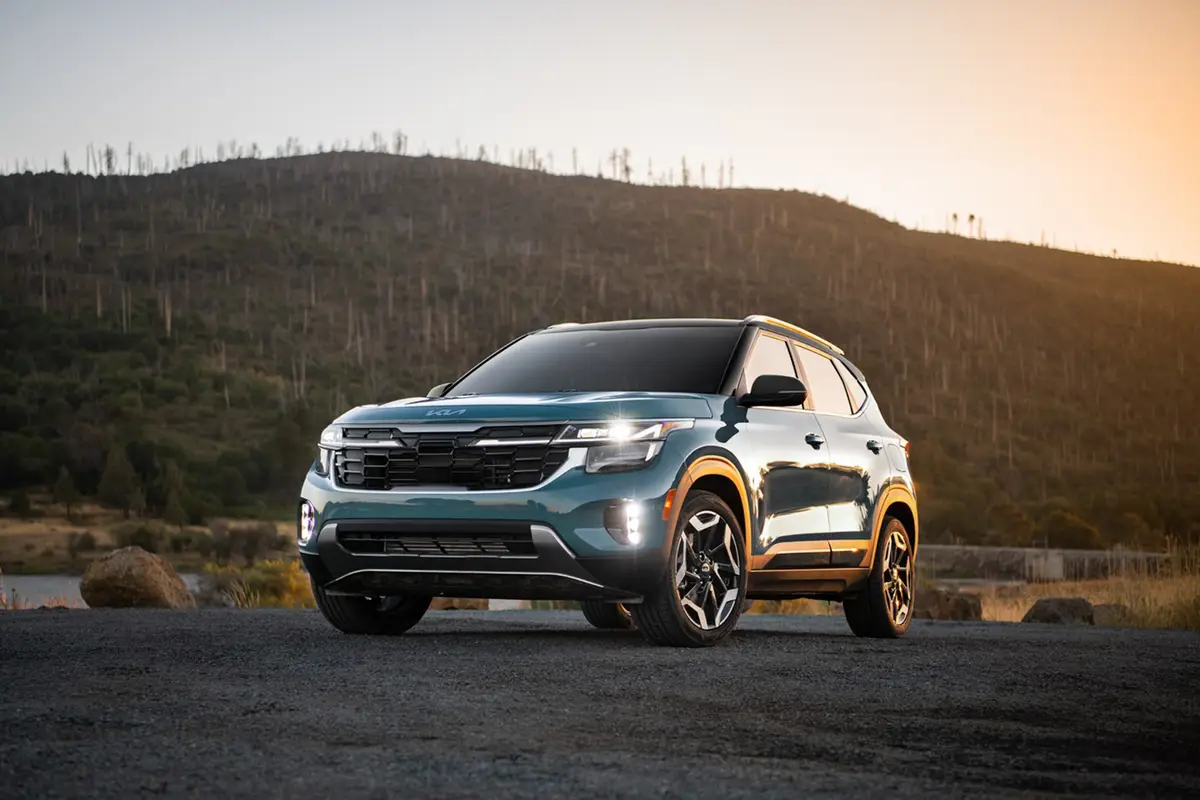IndyStar.com's view
Pontiac Motor Division is really on the move for 1992.
The General Motors Corp. division showed it will be a tough competitor when it unveiled its new line of 1992 automobiles and its minivan last week.
Brand new was a Grand Am that Pontiac says will go on sale next month. Also new for ’92 is the Bonneville, but that one appeared on the market in July.
It is the Grand Am that will be the division’s major seller. Not only has the car been dramatically redesigned, but it offers the new Quad OHC (single-overhead-cam) four-cylinder engine, plus a V-6. They join the 16-valve double-overhead-cam Quad 4 and Quad 4 H.O. (high output) engines that were available in 1991.
The power plant combinations give Pontiac a broad spectrum, and one that offers a wide choice for specific applications.
The single-cam, 2.3-liter (138-cubic-inch) four-cylinder is Pontiac’s approach to economy. It is the motor chosen to replace the division’s push-rod/rocker-arm, 2.5-liter (151-cubic-inch) Iron Duke 4 that has been around almost forever. The Duke was as strong as a bridge and in standard form about as peppy. But it was virtually indestructible.
Actually, the eight-valve single-cam was the logical way to go for an economy motor. It’s less expensive to build than the dual-cam Quad 4 with its four valves per cylinder. And the single-cam goes right on the 16-valve’s block.
According to Pontiac engineers, the single-cam engine with its two valves per cylinder shares 75 percent of the parts of the dual-cam, 16-valve motor. It develops 120 horsepower, up 10 horses from the base 2.5-liter engine used in 1991.
The V-6 is a 3.3-liter that is available as an option. As a 160-horsepower power plant, it is available only with an automatic transmission, and offers more torque than any of the Quad motors.
There is an excellent possibility, however, that there isn’t going to be a mass defection from the dual-cam Quad 4.
“I think most people are going to go with the medium four-cylinder (Quad 4),” said Jay Simrell, sales manager for Tom Wood Pontiac. “I don’t think they are going to go with the low four (Quad OHC). But I think 20 to 30 percent of them will want to go with the V-6.”
Jim Poindexter, general manager of Don Sisk Pontiac, feels, however, that there will be a considerable buyer mix in engine choice for the new Grand Am.
“The people that have had Quad 4s really like them,” he said. “But I’m sure some will want to try the V-6. And, of course, there will be some that will stick with the standard overhead-cam engine because of the price.”
Among a host of other new feature for ’92 are standard anti-lock brakes, an automatic transmission shift interlock, variable-effort power steering, a power window lockout switch, and rear-seat child door locks.
Available in either a coupe or sedan in SE and GT series, the coupes and sedans each have for the first time their own specific roof designs. On the sedan, the rear doors are larger and open to 80 degrees from a closed position for easier entry and exit. On the ’91 model, the opening was 66 degrees.
Rear-seat accommodations also have been improved by moving the seat back 1 inch, and angling it back 3 degrees for increased headroom.
“The car looks at the front a little like the Grand Prix,” Simrell said. “It’s a lot more aerodynamic than the ’91 Grand Am. But with the aerodynamics, it didn’t lose the sportiness.”
Initial shipments of the car are expected in mid- to late September. The bulk of dealer inventories will begin arriving in October and November. Prices will be announced soon.
Pontiac dealers say a middle-of-the-road ’91 Grand Am stickers for about $12,800, and the price can rise to around $15,000 loaded. They look for an increase in prices for the ’92 cars.
“I don’t know what it will be,” Poindexter said. “But it will be higher. They’re making anti-lock brakes standard, andthat will increase it some. We don’t know how much, because they’re supposed to ke ep the price down a s much as possible.”
The GT series, which is powered by a 180-horsepower Quad 4, is the performance model. The engine is available only with a five-speed manual transmission. Pontiac’s buyer demographics indicate this model will be the choice of younger buyers.
As the volume car of Pontiac Division, its buyer falls into a midrange of all Pontiac buyers, with the target group being 30 to 45 years of age. Poindexter says the Grand Am accounts for almost 40 percent of the Sisk agency sales. Simrell projects it will run about 30 percent of sales for the Wood dealership.
Latest news



